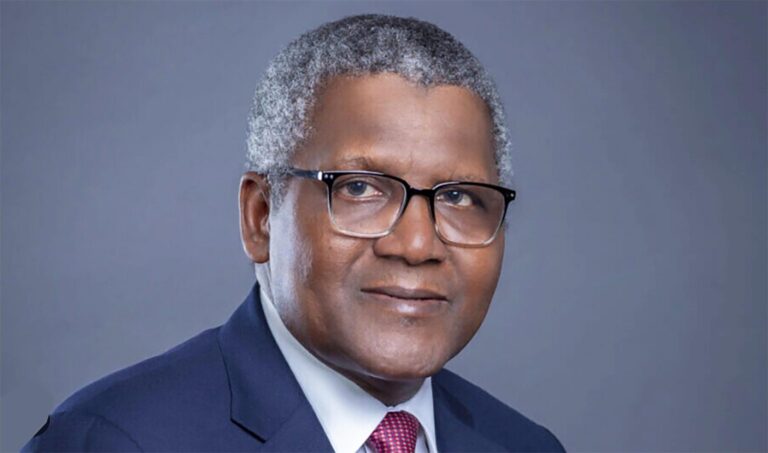436
*New public-private partnership models advocated…
Despite increased spending on healthcare in the public and private sectors across the African continent, outcomes are still very low and in some instances funding relative to GDP poor as in the case of Nigeria, according to Amid Thakker and Valter Adão, two guest speakers at the 7th Africa Health Exhibition & Congress billed for Johannesburg, South Africa in June, 2017.
“Budget allocations in a number of African countries are relatively large, but unfortunately inefficiencies reduce their impact substantially, says Amit Thakker, chairman of the African Healthcare Federation.
The poor outcomes reflect challenges with governance and leadership, he said,adding, “we would have saved twice as many children and women if governments were efficient.”


Increased spending fails to spike healthcare outcomes in Nigeria, Africa
On the other hand, Valter Adão, Leader of Deloitte Digital Africa, and leader for Healthcare and Life Sciences, recently told the World Economic Forum that, “healthcare spend is often sizeable in dollar terms but low relative to GDP, like in Nigeria, or reasonably comparable to European countries, but the outcomes are poor, like in South Africa.”
Both speakers are of the view that private healthcare sector, as well as non-governmental organisations (NGOs) are well placed to help improve healthcare across the continent, and that while there have been public-private partnerships (PPPs), these need to be stepped up if Africa wants to beat its healthcare challenges.
To this end, the African Healthcare Federation has proposed a new PPP strategy for the continent, to be phased in three stages:
Phase one will include dialogue between government and private sector federations to clarify roles and agree on a shared vision; phase two will include creating or adapting regulatory frameworks and contractual obligations and the institutionalisation of PPP Acts; and phase three will be the project implementation phase, which will include building and operating projects and products, followed by evaluation and sharing of information and case studies.
“Innovation should be driven by the private sector,” Thakker said, “while the public sector should be responsible for creating an enabling environment for innovation to flourish.”
“In order to find ways to spend more efficiently, governments, non-governmental organisations, multinationals and entrepreneurs should all contribute to healthcare initiatives,” said Adão.
“They should look more closely at innovations that are getting traction in other parts of the world and being developed on the continent to be applied and result in a leapfrog effect,” he added.
The deviation from the traditional PPP models is that governments would not be the recipients, but owners or implementers and perhaps even the investors into these solutions, Adão recently told the World Economic Forum.
He said currently governments are seen as the customer and they are sometimes having to fund and implement products and projects too.
“Take a leaf out of global private companies which are innovating. Many leading innovators have adopted the concept of open innovation, which they define the product or societal problems that are trying to solve, and then leverage ‘outsiders’ to develop potential solutions, and all get to participate in the production of the solution,” Adão suggested.
“What if government is not the customer but the enabler, and the customer is the citizen to be served. Governments define the problem and then make it possible for companies, micro-enterprises or NGOS to participate.”
He said the recipients would be citizens while the ownership of and investment in the solutions would lie with private companies and NGOs. Government’s role would be to create the environment and the risk will lie with the entity employing the solution.
“If we get this right, we will see improving healthcare indicators and we will be creating an environment that is attractive to investment,” Adão noted, adding, “There is a world of technologies out there to disrupt healthcare in a positive sense. These could be used to address the continent’s healthcare challenges and contribute towards economic growth, job creation and increased investment.”
For Thakker, innovative PPPs require buy-in from governments, saying political goodwill “is much better than what we had 10 years ago.” He concludes that there is a realisation that two are better than one.
By Business a.m. live staff








